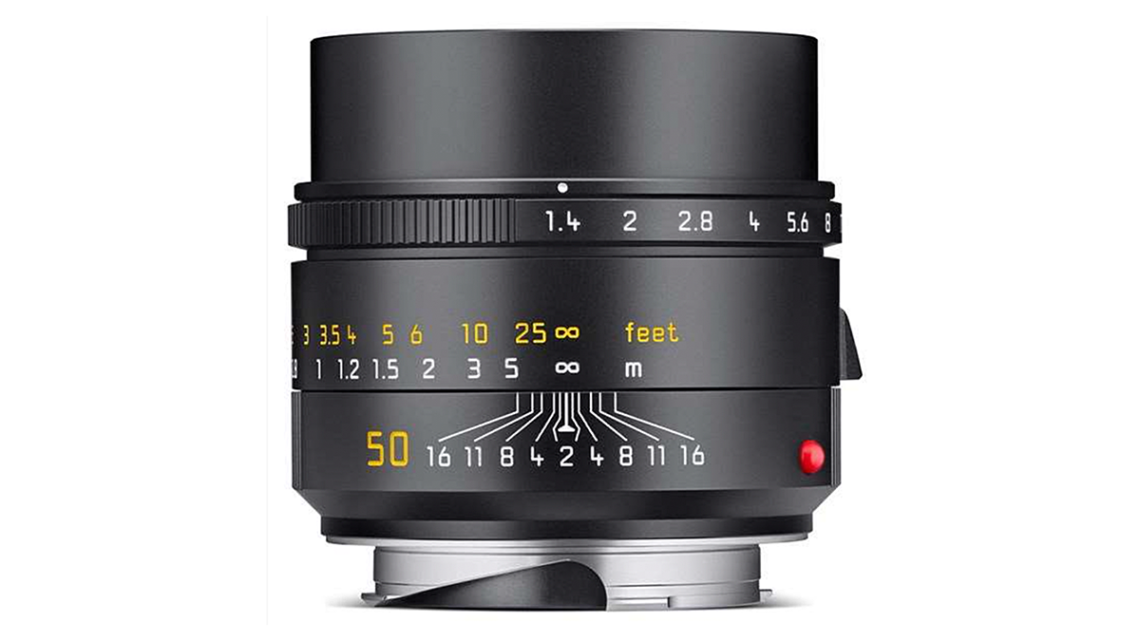
Leica Summilux-M 50mm F1.4 ASPH Close Focus 2023 model: First impressions
The new Leica Summilux-M 50mm F1.4 ASPH Close Focus 2023 (11728) model follows the recent update to the Summilux-M 35mm F1.4 ASPH CF last year and adopts the built-in rangefinder decoupling or "double-cam" feature for the focus ring. This enables focusing down to 0.45m from the usual 0.7m - the former is the typical minimum focus of DSLR/mirrorless lenses of this focal length (50mm).
The double-cam feature was first introduced on the Leica Summilux 35mm F2.0 APO and was quite stiff on the model I tried. To disengage rangefinder focusing, you push the focus ring through some slight resistance at the minimum focus distance marked at 0.7m in orange-coloured paint - the shorter distance scale on the barrel is painted in grey to differentiate the two. The operation is much smoother on th

